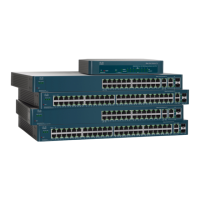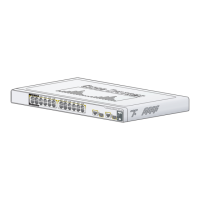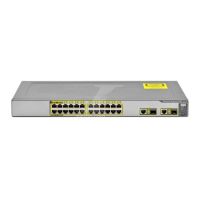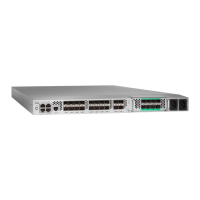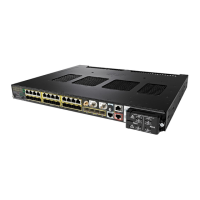Administration: Time Settings
SNTP Modes
Cisco 500 Series Stackable Managed Switch Administration Guide 124
7
Time Zone and Daylight Savings Time (DST)
The Time Zone and DST can be set on the device in the following ways:
• Dynamic configuration of the device through a DHCP server, where:
- Dynamic DST, when enabled and available, always takes precedence
over the manual configuration of DST.
- If the server supplying the source parameters fails, or dynamic
configuration is disabled by the user, the manual settings are used.
- Dynamic configuration of the time zone and DST continues after the IP
address lease time has expired.
• Manual configuration of the time zone and DST becomes the Operational
time zone and DST, only if the dynamic configuration is disabled or fails.
NOTE The DHCP server must supply DHCP option 100 in order for dynamic
time zone configuration to take place.
SNTP Modes
The device can receive system time from an SNTP server in one of the following
ways:
• Client Broadcast Reception (passive mode)—SNTP servers broadcast
the time, and the device listens to these broadcasts. When the device is in
this mode, there is no need to define a Unicast SNTP server.
• Client Broadcast Transmission (active mode)—The device, as an SNTP
client, periodically requests SNTP time updates. This mode works in either
of the following ways:
- SNTP Anycast Client Mode—The device broadcasts time request
packets to all SNTP servers in the subnet, and waits for a response.
- Unicast SNTP Server Mode—The device sends Unicast queries to a list
of manually-configured SNTP servers, and waits for a response.
The device supports having all of the above modes active at the same time and
selects the best system time received from an SNTP server, according to an
algorithm based on the closest stratum (distance from the reference clock).
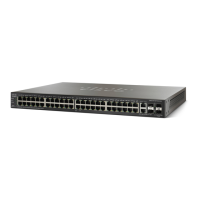
